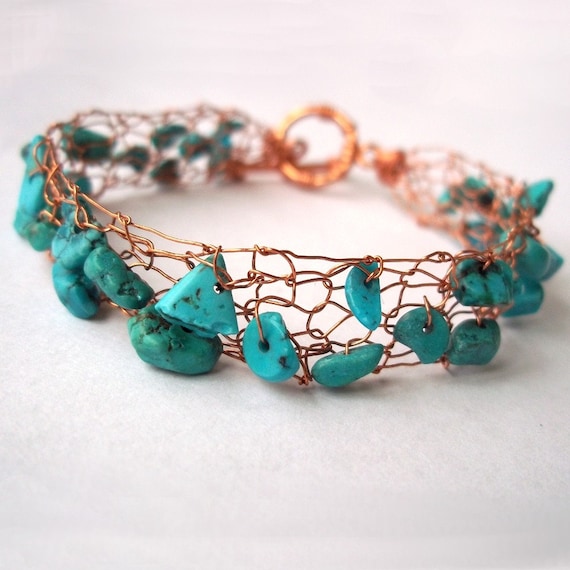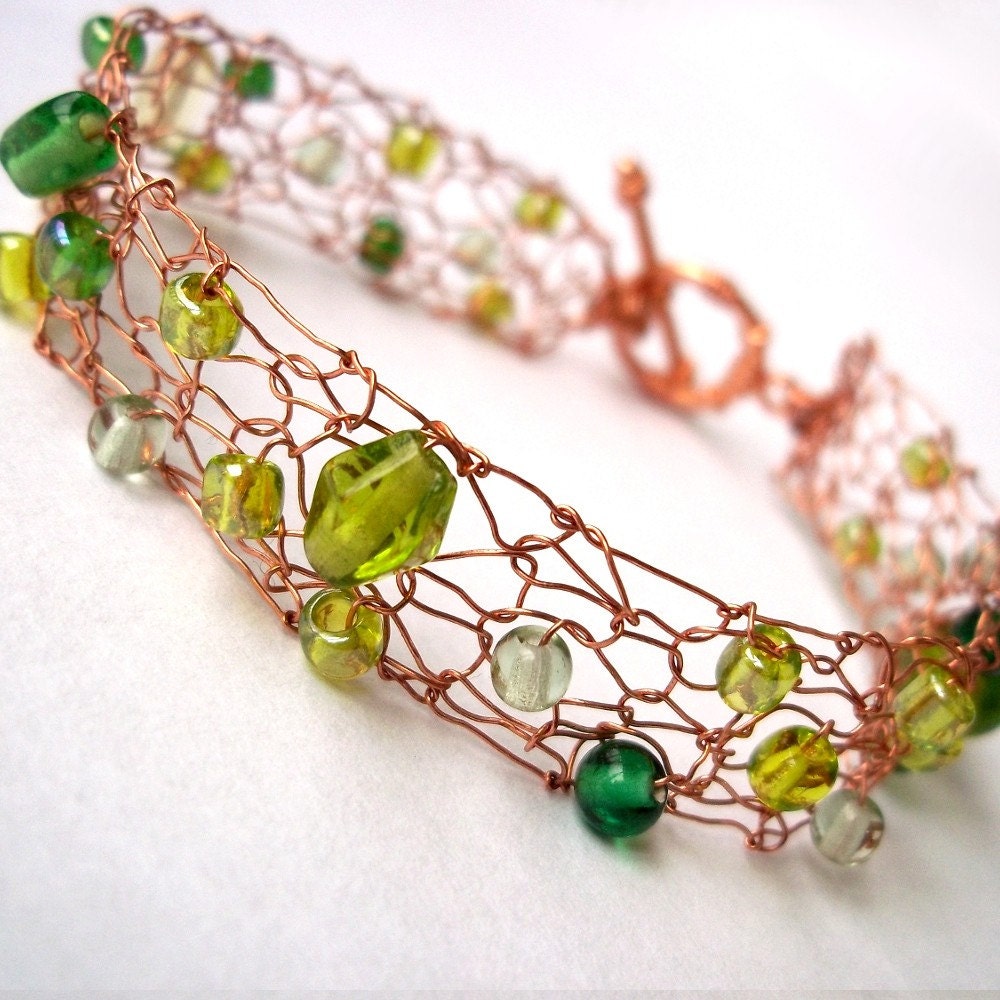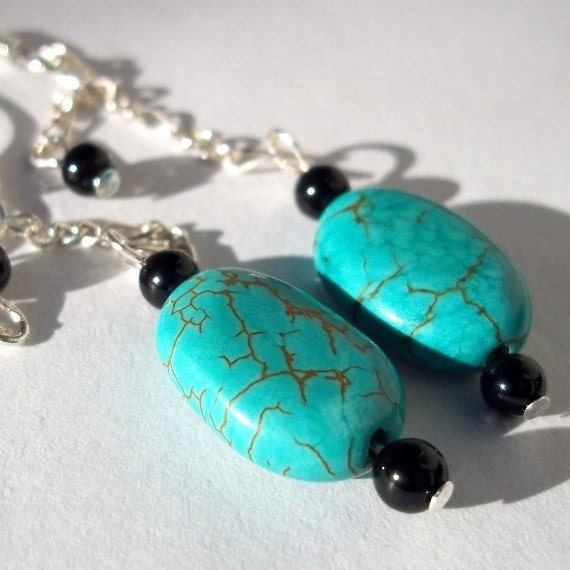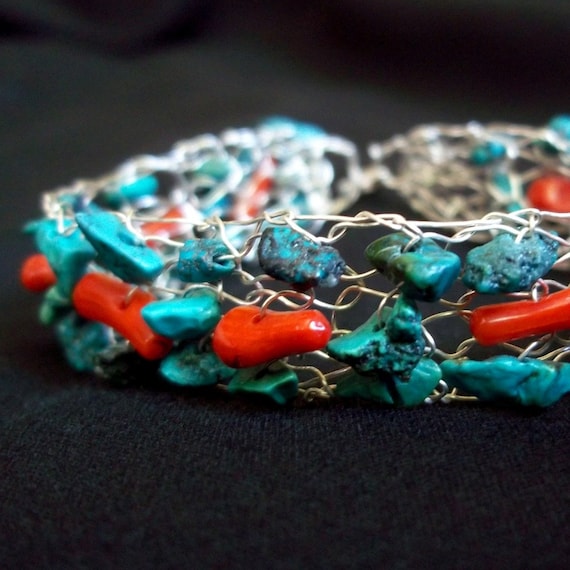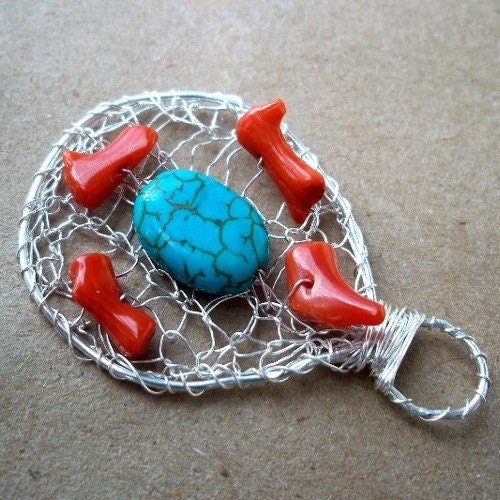FAKE OR REAL?
So, my dad is a gemstone and mineral dealer. We got to talking recently about "fake" stones. These are the mockingbirds of the gemstone world -- cheaper stones that are dyed, heated, ground up, etc. to make copies of beloved favorites.
One of the most copied stones is turquoise. The most popular choice for turquoise substitute is howlite -- a naturally white stone. Howlite matrix (little lines/patters in and on stone) is very similar to turquoise matrix. When dyed properly, howlite is almost indistinguishable from turquoise. In fact, a lot of howlite is sold as "white buffalo turquoise" & left undyed.
One of the issues with turquoise is that it's mined all over the world. There are a lot of different types and varying qualities which all look very different. To top it all off, some turquoise is dyed to enhance color and beauty.
CAN YOU TELL WHICH IS A FAKE?
TIPS - Turquoise VS. Howlite
Matrix
Does the matrix seem too matrixy? Two many lines can mean it's a fake. However, sometimes turquoise does have a lot of matrix patterning.
Pyrite Flecks
Pyrite is a good sign! If turquoise has flecks or bands of pyrite, it's likely the real deal. Pyrite is also known as "fools gold" & is silvery colored. Here's an example of pyrite:
Hardness
Turquoise has a hardness of 6. Howlite has a hardness around 3. This means howlite will be a lot softer & more easily broken.
Dye
The dye is too nice. Most natural turquoise has some variation of color, flecks of metal, or dark spots. Dyed howlite often looks a little too perfect, without enough color variation.
Price. Is it too cheap? If it is, you've likely got a fake. Real, high grade turquoise will cost about 5-10x similar quality turquoise. Cheap, low-grade turquoise is affordable, but high grade can get pricey. However, price isn't always the best way to gauge if you've got a fake. Often bead shop owners will buy howlite thinking its turquoise and mark it up accordingly.
Uniform Color
If all else fails, break it open. I suggest using a sock. Place the mystery stone in the sock, bash with hammer until broken in half. If the stone is dyed, it will be immediately apparent. The inside will be white (if howlite). If it's uniform throughout, you've got turquoise.
Example of "Howlite Turquoise"
LAST THOUGHTS
Please keep in mind that howlite is not the only stone being sold as turquoise. Howlite is simply the most authentic looking I've found. Always look at a bead product critically before buying. I never buy an item unless I'm 100% sure of what I have. Always do your research before you buy. Also, make sure anyone you sell to knows what they're buying, too.
I do occasionally use dyed stones in my work. They're cheaper & if done correctly can be a nice addition. Coral is a great example of a decent dyed stone. Actual pieces of natural red coral are outrageously expensive & rare. There's also some ecological concerns with red coral. However, dyed coral can be a beautiful alternative that costs about $10-20 a strand.
NOTE:
Answer to the three comparison images:
Turquoise, Howlite, Turquoise
